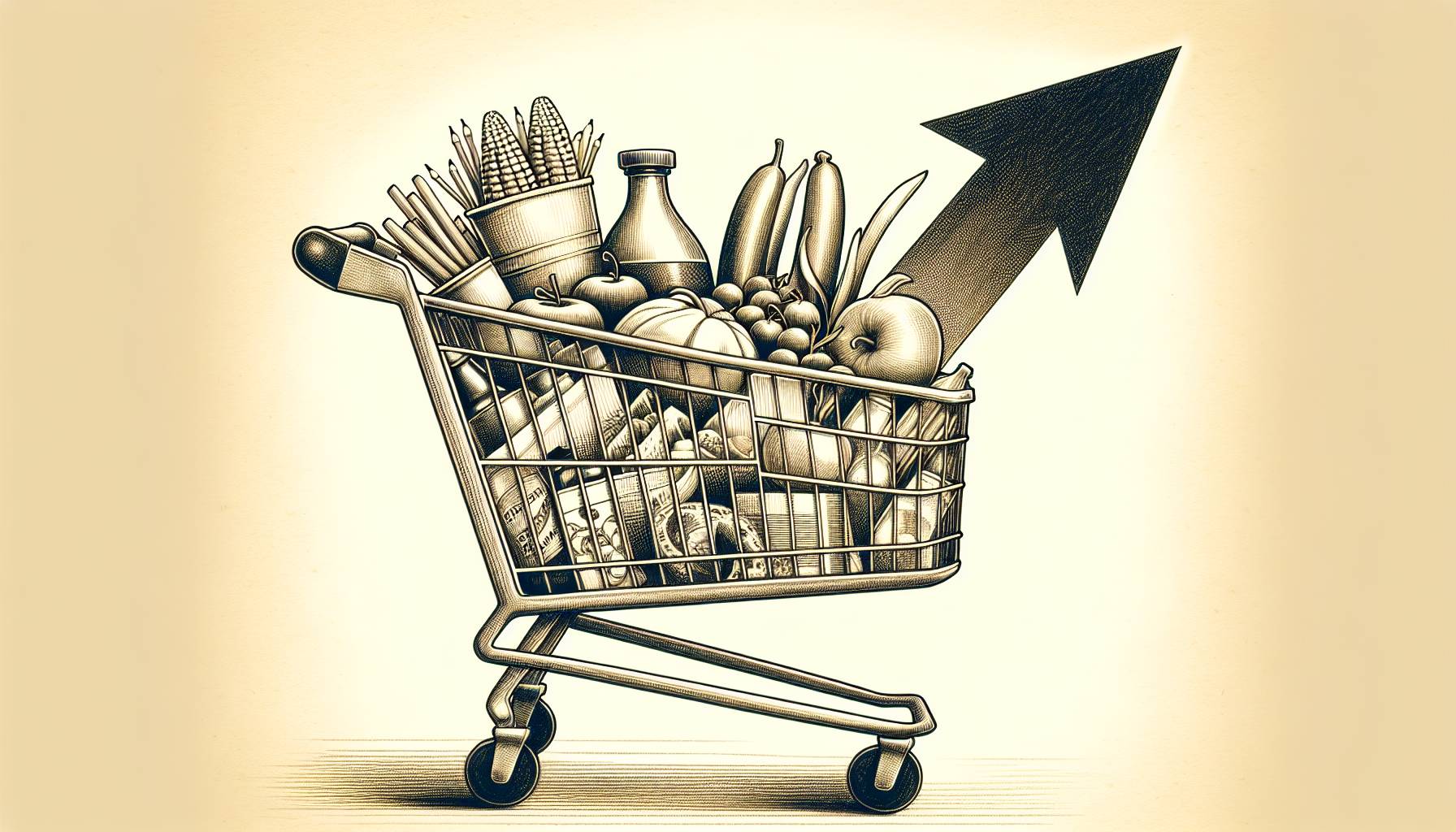Recent data from the US Labor Department reveals the cost of food in relation to earnings in America is at its highest in 30 years, adding strain on shoppers.
The main attributors to this trend include rising inflation, resilient supply chain disruptions, coupled with the COVID-19 pandemic leading to a surge in global food prices.
Households, especially lower-income families, are reevaluating their budgets to accommodate changing prices.
Interestingly, the rise in food spending doesn’t necessarily mean more eating, it suggests a change in consumer behavior favoring more expensive, healthier options and an increase in food prices.
Subsequently, advocacy groups are urging for policies to stabilize the food market, among these measures include subsidies, price controls, and the development of a resilient local food system.
Statistics reveal that 11.3% of the disposable income in the U.S. is used towards buying food, a trend not seen since the Bush senior presidency.
Meanwhile, financial advisors are recommending reevaluation of spending habits and making use of community and public resources such as local food banks and government aid programs in light of this challenging period.
The cost of all consumption categories, dining at restaurants, delivery, or cooking at home, is on the rise and families are allocating a larger portion of their budget to food expenses.
In addition, a noticeable increase in food prices was reported last month with a 5% increase in restaurant prices and a significant surge in grocery prices due to increased transportation and production costs.
With constant monitoring and data analysis, we may develop strategies to ease the burden on consumers, even though experts express concern about the continuous trend of escalating costs.
These consequent ripple effects are far-reaching with implications on economy, household budgets, and lifestyle choices.
Areas likely to be worst affected are developing countries where most of the population depends on agriculture for sustenance, global food security could be jeopardized if effective measures aren’t taken soon.
However, savings from dropping prices of some commodities like corn, wheat, and chicken are overshadowed by a rise in prices of other basic grocery items.
The increasing cost of these basic commodities is not only a burden on individual households, but can also result in broad economic repercussions.
Experts suggest adopting evidence-based practices, international cooperation to stabilize the global food market and significant investments are crucial.
While we grapple with these issues, relief agencies like the World Food Program are stepping up their efforts providing immediate assistance to those most affected.
The situation Paints a bleak picture thus, interventions and strategies are needed to mitigate these financial challenges.
This could mean a focus on stabilizing the prices of these basic food items and easing their impact on consumers’ budgets at either a policy level or grassroots initiatives.













